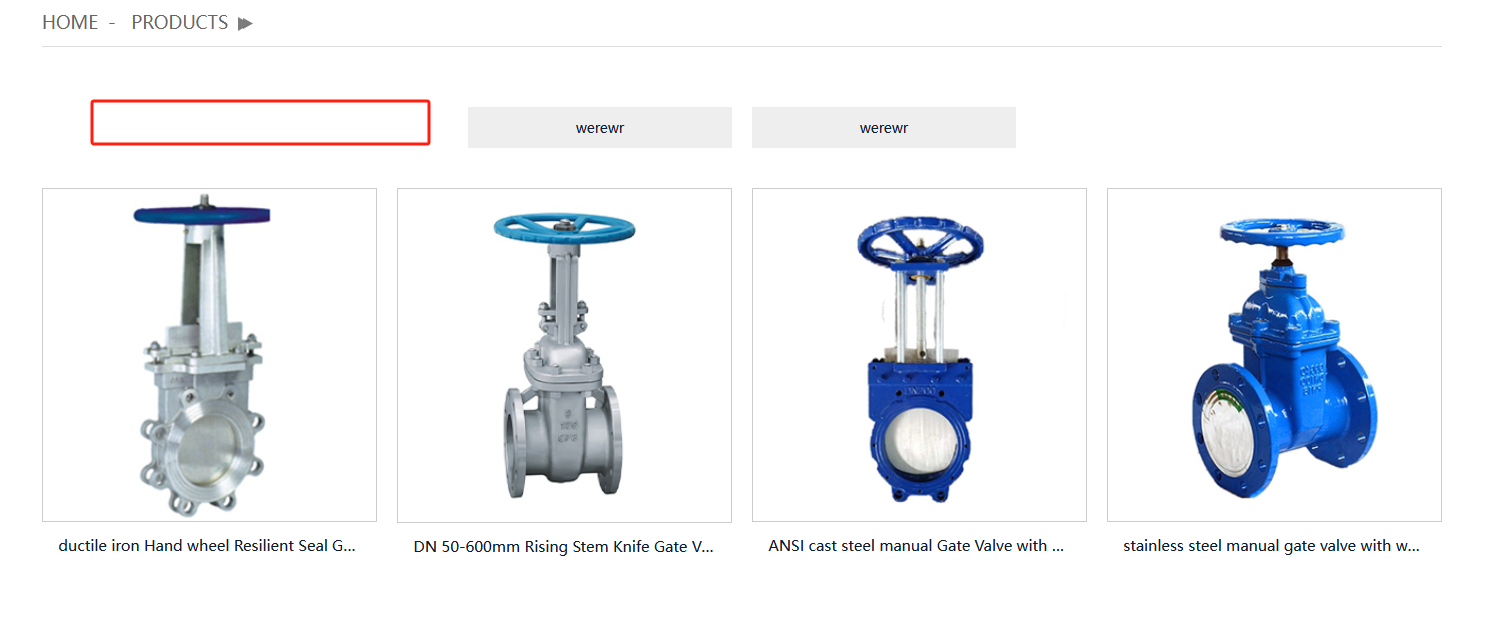Understanding Slip-On Flange Characteristics and Applications in Piping Systems
Understanding Slip-On Flanges A Comprehensive Guide
Slip-on flanges are a vital component in various piping systems across multiple industries. Renowned for their simple design and ease of installation, these flanges provide a reliable solution for connecting pipes, valves, and other equipment. This article delves into the characteristics, advantages, applications, and installation considerations associated with slip-on flanges.
What are Slip-On Flanges?
Slip-on flanges, as the name suggests, are flanges that slip over the end of a pipe. They feature a flat face that can be either raised or flat, allowing the flange to sit flush against the connecting piece. Typically, these flanges are made from materials such as carbon steel, stainless steel, and alloy steel, which are selected based on the requirements of the specific application. Their design facilitates easier alignment and savings in the installation process.
Characteristics of Slip-On Flanges
One of the distinguishing features of slip-on flanges is their design simplicity. They generally have a larger inner diameter, which makes it easy for pipes to slide into the flange. The outer edge is usually beveled for welding purposes, which leads to a stronger connection once completed. In terms of pressure ratings, slip-on flanges can typically handle different grades, such as ANSI Class 150, 300, and 600, among others.
Advantages of Using Slip-On Flanges
1. Ease of Installation The primary advantage of slip-on flanges is their ease of installation. They require less skill and less time compared to other flange types, such as weld neck flanges. Since they do not require precision alignment to a great extent, even less experienced personnel can install them with relative ease.
2. Cost-Effective Slip-on flanges are generally less costly than other types due to their simpler manufacturing process. This makes them an attractive option for projects where budget constraints are significant.
3. Versatility These flanges can be used in a variety of applications, making them versatile. They are commonly utilized in low-pressure systems and are suitable for use in a range of industries, from oil and gas to water treatment.
4. Maintenance Maintenance of pipelines equipped with slip-on flanges is relatively simpler. As they are less susceptible to distortion and show good mechanical performance over time, they tend to require fewer adjustments or replacements.
slip on flange

Applications of Slip-On Flanges
Slip-on flanges are widely used in various sectors
- Oil and Gas They are often employed in piping systems for oil retrieval and gas transportation due to their effective sealing capabilities in low-pressure environments. - Chemical Processing Slip-on flanges come in handy while dealing with pipes that transport chemicals where the bond strength is not as critical, making them suitable for various operations. - Water Supply and Wastewater Treatment The ability to deal with various pressures makes slip-on flanges a popular choice in municipal waterworks and sewer systems.
Installation Considerations
While slip-on flanges are easier to install, there are still several factors to keep in mind
1. Alignment It's crucial to ensure proper alignment between the flange and the pipe to avoid stress on the welds and eventual leaks.
2. Welding Typically, they are welded both on the inside and outside. Proper techniques should be applied to ensure a strong, leak-proof connection.
3. Standards and Specifications Always refer to the respective industry standards when selecting slip-on flanges to ensure compliance with safety regulations.
4. Inspection Regular inspection of slip-on flanges is necessary to check for wear and corrosion, particularly in harsh environments.
Conclusion
In summary, slip-on flanges are a versatile, cost-effective, and easy-to-install solution for many piping applications. Their simplicity and reliability make them a popular choice across various industries. By understanding the unique characteristics, advantages, applications, and installation considerations associated with slip-on flanges, engineers and project managers can make informed decisions that will optimize their systems' performance and longevity. Whether in a high-stakes project or routine maintenance, slip-on flanges remain a reliable choice that meets diverse industrial demands.
-
Breakthrough in Domestic Low Temperature Valve Technology in ChinaNewsAug.18,2025
-
From Machinery to Intelligent Brain: The Digital Transformation Wave of the Valve IndustryNewsAug.18,2025
-
PCVEXPO 2025NewsAug.18,2025
-
The Key to Fluid Control: Exploring the Advantages of Ball Valves in Industrial SystemsNewsJul.09,2025
-
The Versatile World of 1, 2, and 3 Piece Ball ValvesNewsJul.09,2025
-
Stainless Steel Ball Valves: The Ideal Choice for Efficient Flow ControlNewsJul.09,2025
-
Optimizing Fluid Control with Ball Float ValvesNewsJul.09,2025




